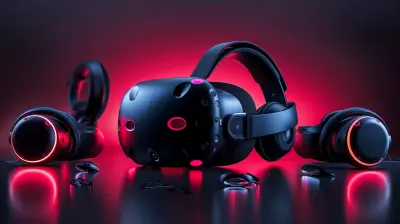What It Takes to Become an Expert in Console Game Streaming
19 June 2025
So, you’ve been grinding on your favorite console, stacking epic wins, hilarious fails, and maybe a few rage quits. Ever wondered what it takes to turn those gaming sessions into a legit streaming career? Console game streaming isn’t just firing up your PS5 or Xbox and hitting “Go Live.” It’s an art—part technical know-how, part personality, and a whole lot of grind.
In this guide, we're diving deep into what it really takes to become an expert in console game streaming. Whether you're here to entertain, educate, or build a community of fellow button mashers, this one’s for you.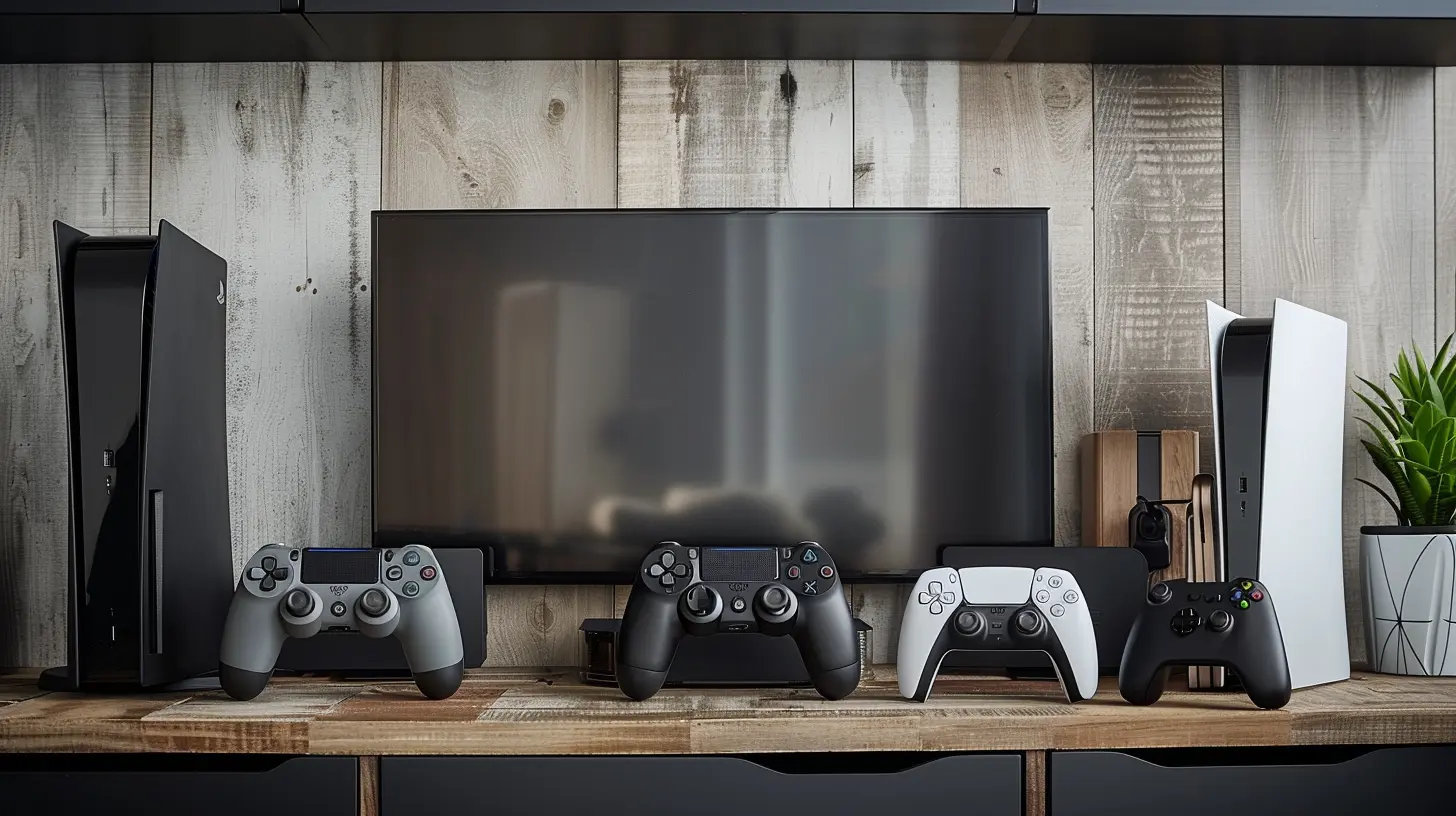
🎮 What Is Console Game Streaming?
Let’s start with the basics. Console game streaming is the process of broadcasting your gameplay from a gaming console—like the PlayStation, Xbox, or even the Nintendo Switch—to a live audience on platforms such as Twitch, YouTube Gaming, or Facebook Gaming.Unlike PC streaming, which gives you more freedom with software and overlays, console streaming can be a bit more limited but still powerful if done right. It’s accessible, it’s real-time, and it’s growing like crazy.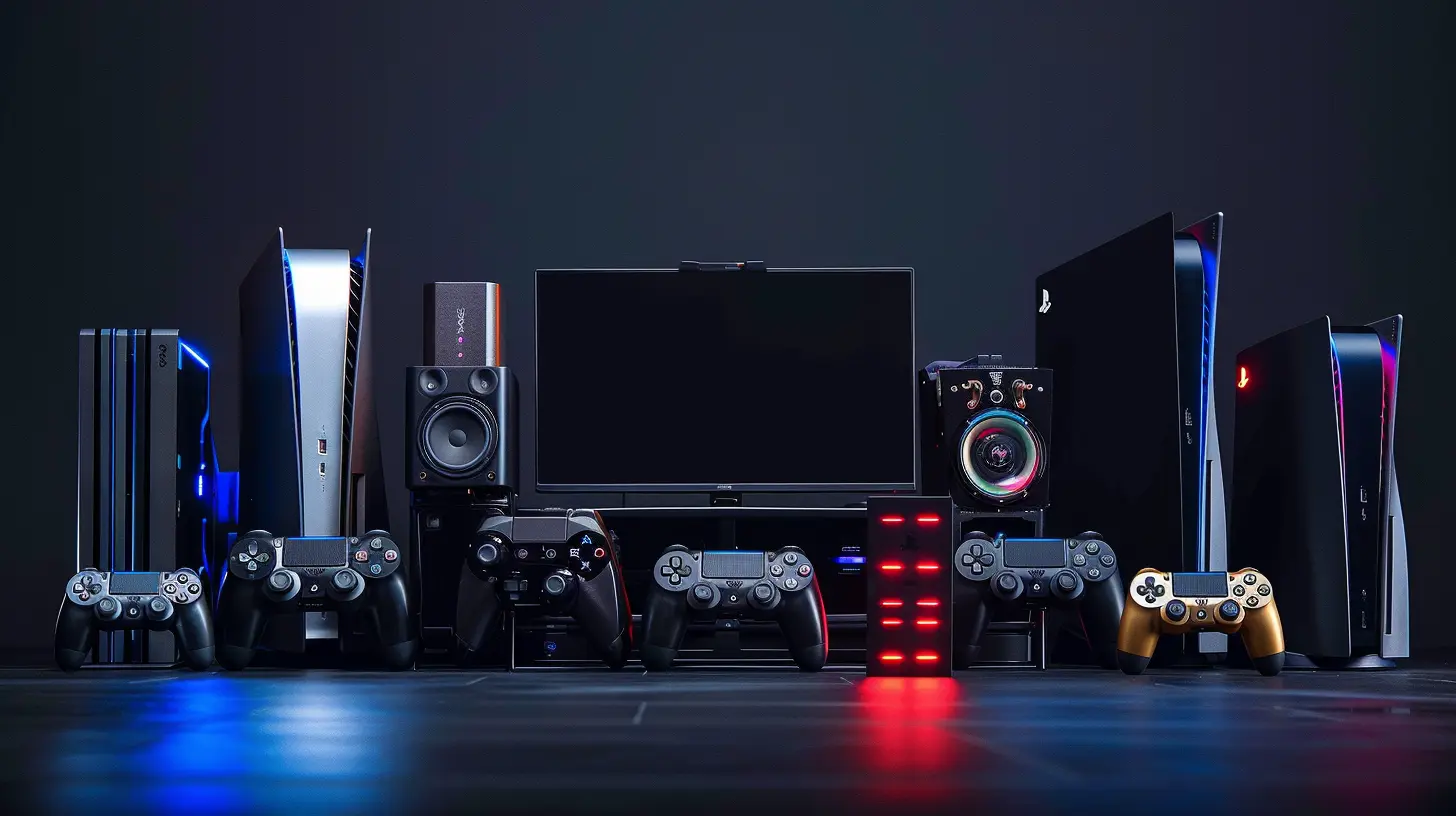
💡 Why Go Console Instead of PC?
Great question. Most top streamers use PCs, right? Yes—but that doesn’t mean consoles are inferior. In fact, they’re a fantastic starting point for a lot of streamers. Here’s why:- Ease of Use: Consoles are plug-and-play compared to PC setups.
- Cost-Effective: No need for a high-end gaming PC and streaming rig.
- Built-In Streaming Features: Consoles like PS5 and Xbox Series X have built-in streaming tools.
- Dedicated Fan Base: Console-exclusive games attract niche but loyal audiences.
So, console streaming can absolutely be your runway to streaming stardom, assuming you put in the work.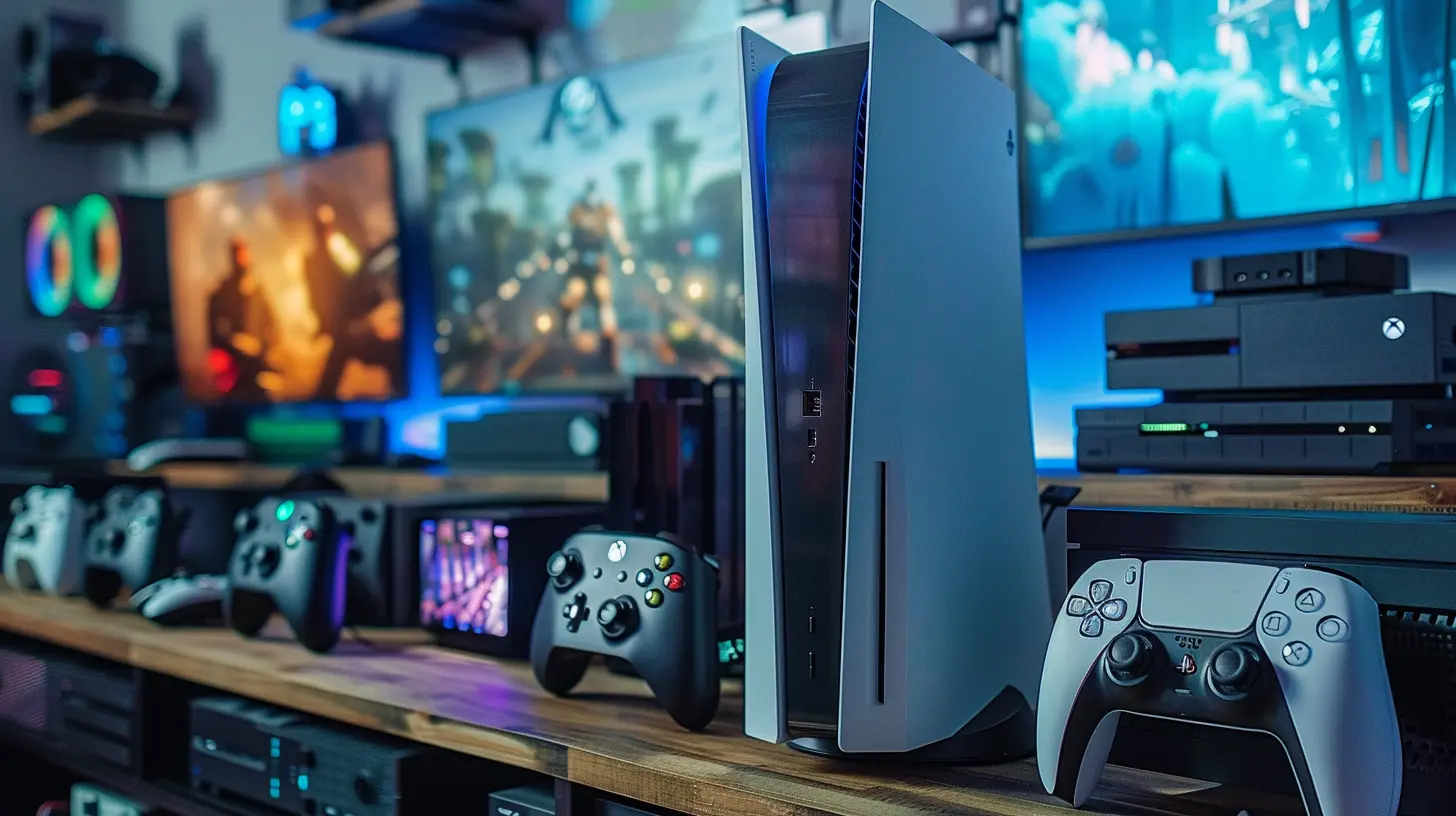
🧰 Essential Gear for Console Streaming
Okay, let’s talk gear. You don’t need a $10,000 setup, but some equipment is just non-negotiable if you're serious.1. The Console (Obviously!)
You’ll need a current-gen console like the PlayStation 5, Xbox Series X/S, or even a Switch. Older consoles can work, but newer models offer better performance and streaming integration.2. A Reliable Capture Card
If you're not using the console's built-in streaming, you’ll need a capture card like the Elgato HD60 S. It physically connects your console to a PC, letting you stream with software like OBS or Streamlabs.3. Gaming Monitor or TV
Don’t underestimate your display. You want low latency and at least 1080p resolution for smooth, crisp gameplay.4. Microphone
Your voice is half the show. A USB mic like the Blue Yeti or even an XLR setup with a mixer can make a massive difference.5. Camera
Not mandatory, but highly recommended. Face cams add a personal touch and let your audience connect with you. A decent webcam like the Logitech C920 is a great start.6. Lighting
No one wants to watch a shadow puppet show. A couple of softbox lights or an LED ring light can make a huge difference.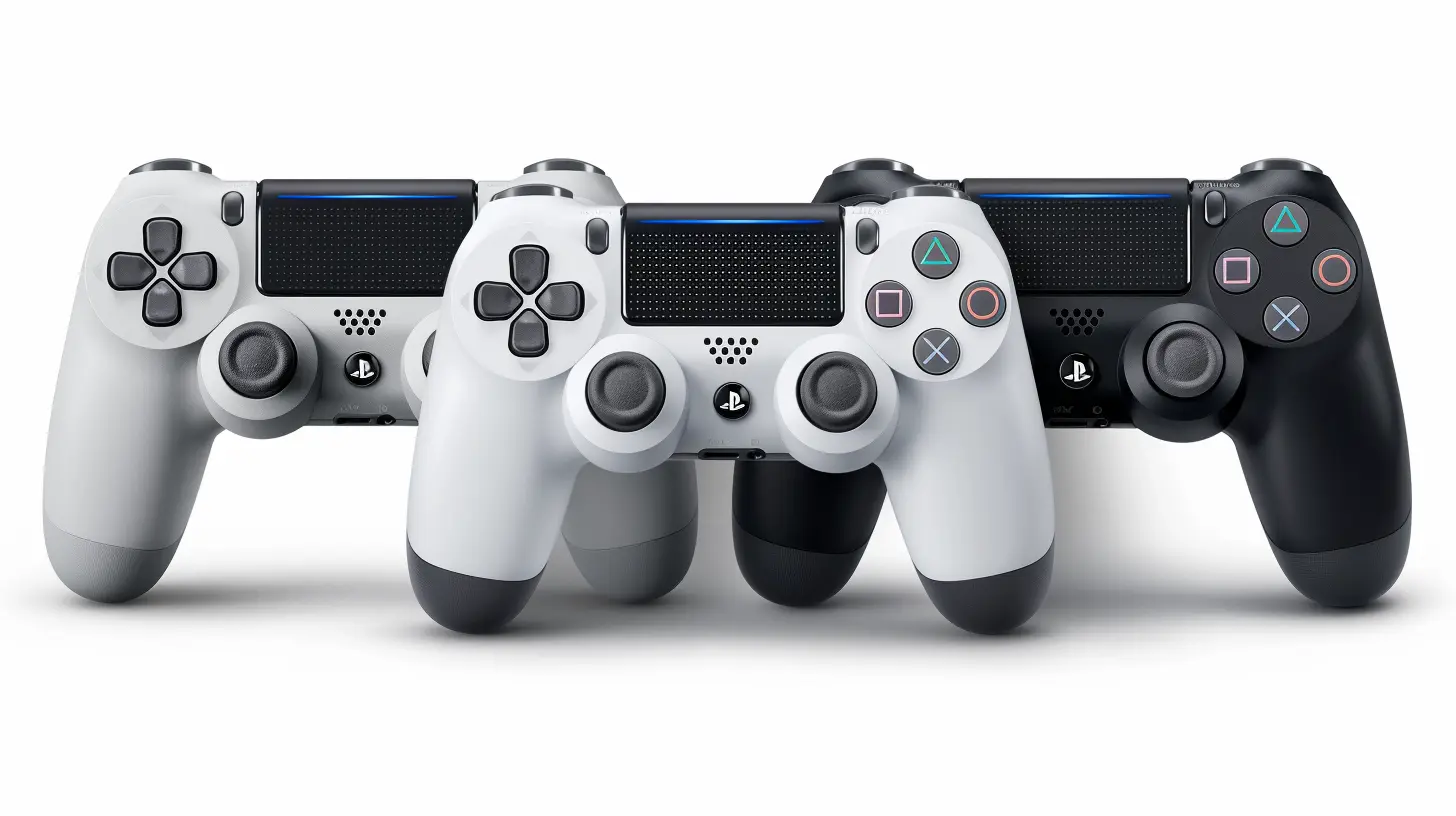
🔧 Setting Up Your Console for Streaming
So you’ve got the gear—now what? Let’s break down the setup for each major console.🕹 PlayStation (PS4/PS5)
- Hit the “Share” or “Create” button on your controller.- Link your Twitch or YouTube account.
- Adjust stream settings like resolution and mic levels.
- Go live straight from the dashboard!
🎮 Xbox (Series X/S or One)
- Download the Twitch app from the Microsoft Store.- Sign in with your Twitch account.
- Use the app to start broadcasting directly.
- For overlays and more control, use a PC with a capture card.
🕹 Nintendo Switch
The Switch doesn’t have built-in streaming, so you’ll definitely need a capture card and a PC. Once you’ve got that, use OBS or Streamlabs to build your stream layout and hit “Start Streaming.”💬 Creating a Stream Persona
Here’s where things get real. Gear is important, but YOU are the main attraction. Ask yourself:- Are you funny, chill, informative, chaotic?
- Do you want to focus on a particular game or genre?
- Can you keep the energy up even during slow gameplay moments?
Think of your stream persona as your in-game avatar—it doesn’t have to be wildly different from the real you, just a version cranked up to 11.
Pro Tip:
Stick to your niche at first. Whether it’s horror games, fighting games, or RPGs—building a community is easier when people know what to expect.🧠 Mastering the Gameplay
Let’s be honest—if you’re terrible at the games you're streaming, it can be a tough sell. You don’t have to be a pro esports player, but you should:- Be competent enough to keep gameplay interesting.
- Know the mechanics, lore, and updates of your chosen titles.
- Offer value—whether it’s tips, strategies, or just entertaining reactions.
Streaming isn’t about being the best gamer—it’s about being the best gaming entertainer.
🎯 Audience Engagement: The Secret Sauce
Seriously, if you remember one thing from this article, make it this:> “Talk to your chat like they’re your co-op partners.”
If someone says “hi,” respond. Ask questions. React to donations or subs. Build relationships. Your viewers should feel like they’re hanging out with a friend, not watching a broadcast.
Engagement Tips:
- Read and respond to chat often.- Use alerts to show appreciation for new followers and subscribers.
- Run polls or mini-games using chat commands.
- Create inside jokes and memes.
📅 Consistency Beats Everything
Streaming once a week won’t cut it if you’re trying to become an expert.- Create a schedule and stick to it.
- Let your viewers know when you’re live.
- Post updates on your socials or Discord.
- The more consistent you are, the faster your community will grow.
Think of it like going to the gym—you won’t see gains unless you show up regularly.
🧠 Learn the Tech & Software
Even though you're streaming from a console, learning the tech side sets you apart.Tools to Know:
- OBS Studio / Streamlabs: Great for overlays and stream control (if using a PC).- Bots: Nightbot or StreamElements helps automate chat commands and moderation.
- Analytics Tools: TwitchTracker, SullyGnome, or YouTube Studio for stats.
- Editing Software: Trim your VODs using tools like DaVinci Resolve or Adobe Premiere for repurposing content.
Knowledge = edge. The more you know, the smoother your stream will run.
⛏️ Building a Brand Outside Streaming
Streaming is just one part. If you're aiming for “expert” status, you’ve gotta be everywhere.Platforms to Consider:
- YouTube for highlights, tutorials, and VODs.- TikTok for short clips with viral potential.
- Instagram / Twitter for updates and memes.
- Discord to build a tight-knit community.
A strong presence across platforms gives you more reach and more ways for fans to stay engaged—even when you’re offline.
💸 Monetization: Turning Passion into Paychecks
Being an expert eventually means making money, right? Thankfully, once you build an audience, there are multiple income streams:- Ads (Twitch, YouTube)
- Subscriptions and Memberships
- Donations and Tips (Streamlabs, Ko-fi)
- Sponsorships
- Merchandising
The key? Offer value first. If people love your content, they'll want to support you.
🚧 Common Pitfalls and How to Avoid Them
Let’s keep it real—streaming can be tough. Here are some tripwires to dodge:- Burnout: Streaming too much without breaks = mental crash.
- Neglecting Your Community: Just playing the game, not interacting.
- Inconsistency: Random schedules confuse and frustrate viewers.
- Chasing Trends: Don’t jump on every new game just because it’s popular.
Always stay authentic to your vibe. Trust the process. And most importantly—have fun with it.
🎉 Final Thoughts: The Journey of Becoming an Expert
Becoming an expert in console game streaming isn’t something that happens overnight. It’s a mix of passion, consistency, communication, and constant learning. Remember—it’s not just about playing games. It’s about creating moments, building connections, and crafting a space where people want to hang out.If you're ready to hit that “Go Live” button with purpose, then you’re already halfway there. It’s your journey—gear up, level up, and stream on.
all images in this post were generated using AI tools
Category:
Gaming ConsolesAuthor:

Aurora Sharpe
Discussion
rate this article
2 comments
Ximena Tucker
Great insights! Focusing on consistent practice, audience engagement, and learning from feedback can significantly enhance your streaming skills. Keep experimenting with different styles to find your unique voice!
June 21, 2025 at 3:54 PM

Aurora Sharpe
Thank you! I appreciate your feedback and will definitely keep experimenting to refine my streaming style.
Colt McCarthy
Becoming an expert in console game streaming is a journey filled with passion and perseverance. Embrace every challenge, stay dedicated, and remember: each stream is a step closer to your dreams. Keep pushing forward!
June 19, 2025 at 2:59 AM

Aurora Sharpe
Thank you for the encouraging words! Embracing challenges and staying dedicated are indeed key to success in console game streaming.


